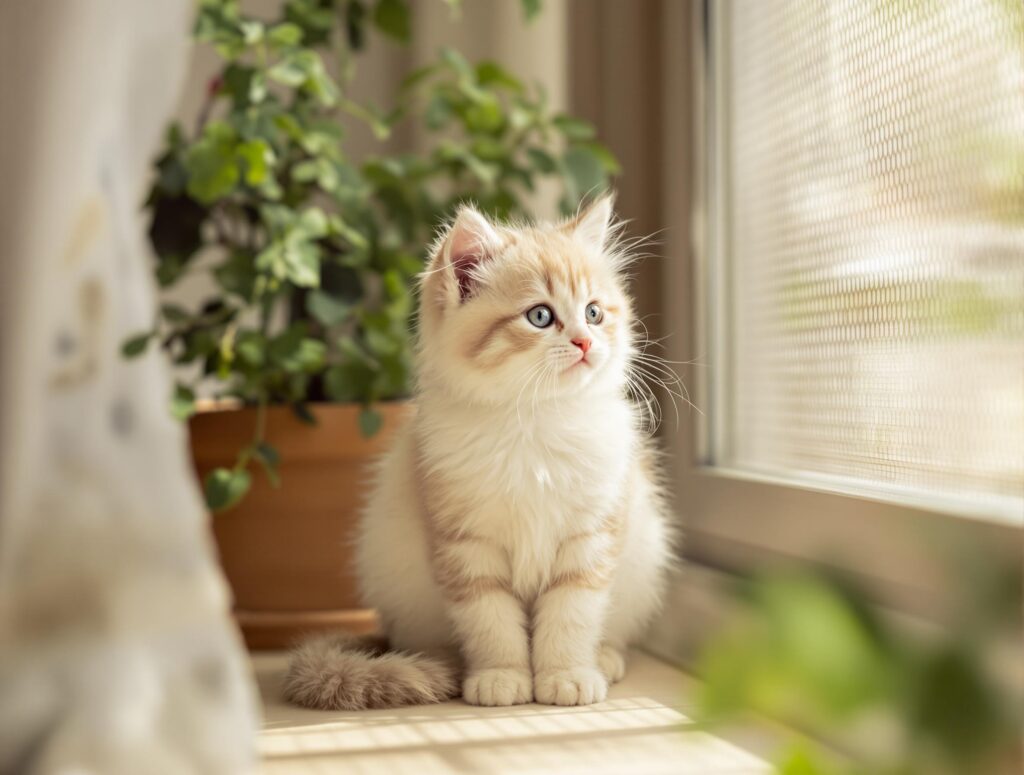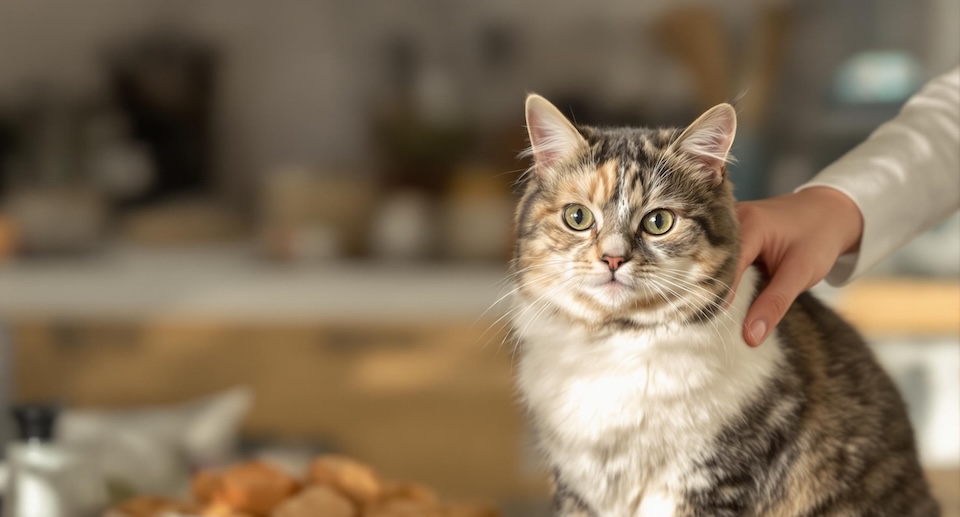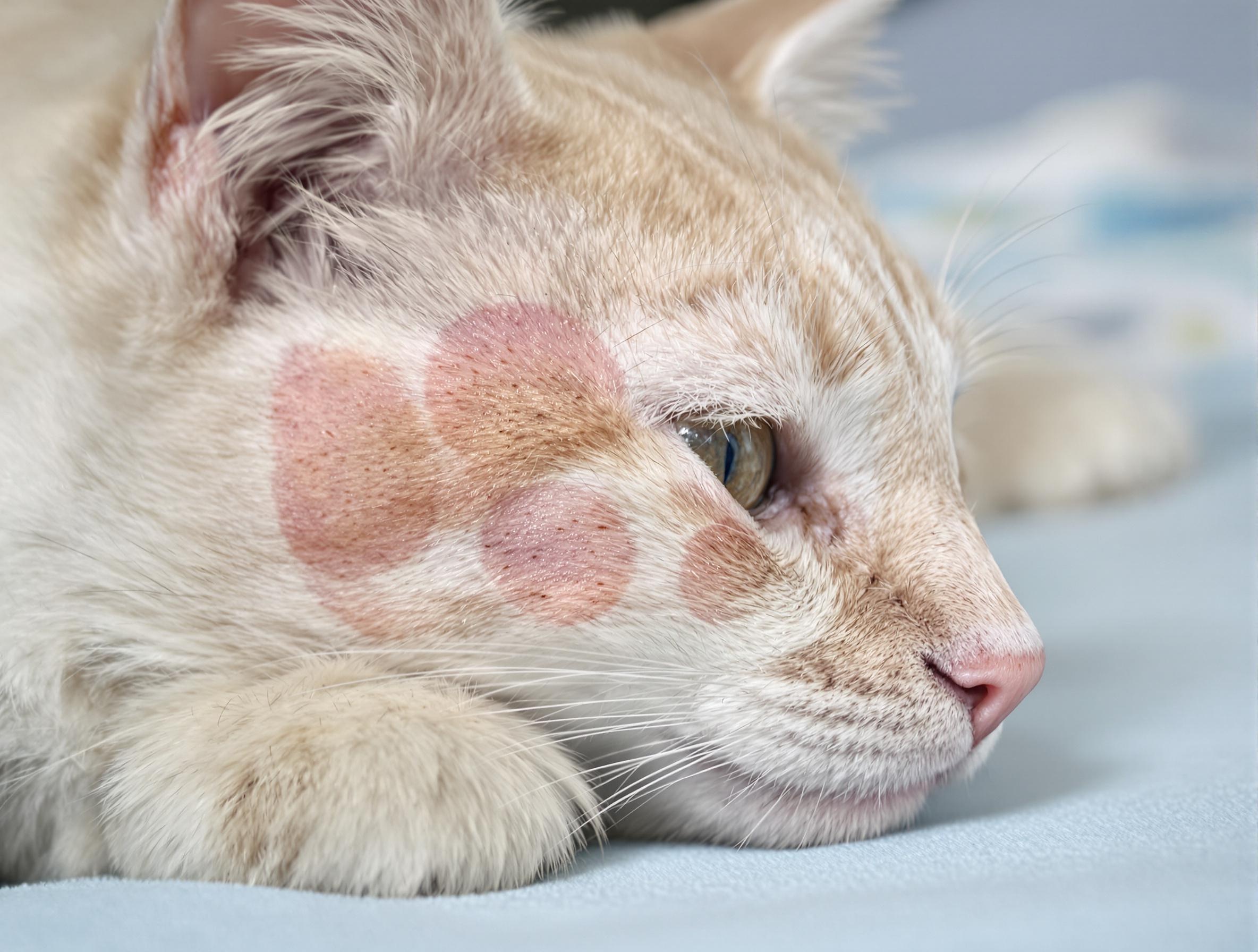
Key Takeaways
- Most kittens begin to exhibit calmer behaviors between 9 to 14 months of age, influenced by factors such as breed and personality.
- Creating a peaceful environment with age-appropriate toys, interactive activities, and consistent routines can help manage your kitten’s energy levels effectively.
- Recognizing signs of maturity, such as extended rest periods and measured play sessions, can help owners support a kitten’s transition into a composed adult cat.
Understanding Kitten Energy and Behavior
Midnight zoomies, shredded toilet paper trails, and acrobatic leaps off your couch—sound familiar? Kittens are bundles of adorable chaos, full of curiosity and mischief. If you’re wondering when this wild phase will ease up, you’re not alone. Like toddlers, kittens eventually mature into calmer companions.
This stage isn’t just about less chaos—it’s about your kitten developing into a confident, well-adjusted cat. Each kitten’s timeline is unique, shaped by breed, genetics, and environment. If your kitten’s behavior or health ever concerns you, your veterinarian is the best source for guidance.
When Do Kittens Start to Calm Down?
Every kitten matures at their own pace, but most owners notice changes as early as nine months. Here’s a breakdown of what to expect as your kitten grows:
Birth to 2 Months: The Exploration Phase
Your kitten is learning about the world—every sight, sound, and smell is brand new. Soft toys and cozy nap spots are perfect for this stage. You can even tuck a warm water bottle under a blanket to provide comfort.
3 to 6 Months: The High-Energy Stage
Welcome to kitten adolescence! Expect climbing, pouncing, and endless curiosity. Keep playtime structured and use short, frequent sessions to prevent overstimulation.
6 to 12 Months: The Transition to Calm
You may start noticing longer naps and quieter moments, especially after spay or neuter. Consult your vet about the ideal timing for surgery. Explore cat health and wellness supplies to support their growing needs.
1 to 2 Years: Personality Shines Through
Some cats remain playful, while others prefer relaxation. Focus on creating consistent routines that match your cat’s temperament.
2+ Years: Settled and Secure
Most adult cats have established their rhythm—napping, light play, and quiet companionship become their daily routine.

Calming Techniques for Hyperactive Kittens
Kittens thrive on routine and predictability. Aligning your household rhythm with your kitten’s natural needs makes all the difference. Try these proven strategies:
Create a Peaceful Environment
- Use soft blankets and quiet corners for rest.
- Add window perches for bird-watching, a natural stress reliever.
- Play gentle background sounds, like classical music or rainfall.
Engage with Purpose
- Schedule short playtimes throughout the day.
- Use puzzle feeders to stimulate their mind.
- Establish a bedtime ritual with play, treats, and cuddles.
Explore cat toys and enrichment essentials to keep your kitten entertained in healthy ways.
If your kitten still struggles with stress, consult your vet or explore cat anxiety and stress relief products.
Signs Your Kitten Is Calming Down
As your kitten matures, subtle changes signal growing calm and confidence:
Physical Signs
Relaxed posture, slow blinking, and self-grooming show comfort and security.
Social Signs
Sitting quietly near you, soft purring, or gentle napping on your lap means your kitten is content and connected.
If your kitten seems overly tired, withdrawn, or disinterested in play, reach out to your veterinarian.
Why Is My Kitten So Hyper?
Kitten hyperactivity usually has clear causes. Identifying triggers helps you respond effectively:
- Boredom: Too little stimulation leads to pent-up energy.
- Routine Changes: Even small disruptions can cause restlessness.
- Diet: Foods high in fillers or sugar can increase hyperactivity.
- Health Issues: Sudden behavioral changes may require vet attention.
Watch for pacing, overgrooming, or irritability—these can indicate stress that needs addressing.
Helping Your Kitten Grow Into a Calm Adult
Each kitten follows their own path to adulthood, but your support makes the transition smoother. Through consistent play, proper nutrition, and patience, your kitten will grow into a relaxed and loving cat.
For more expert guidance, visit PetHealthMD or browse cat health and behavior essentials at 1-800-PetMeds. Your dedication today will help your kitten move from playful to peaceful—one purr at a time.





